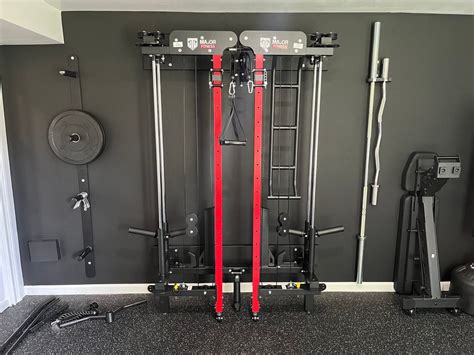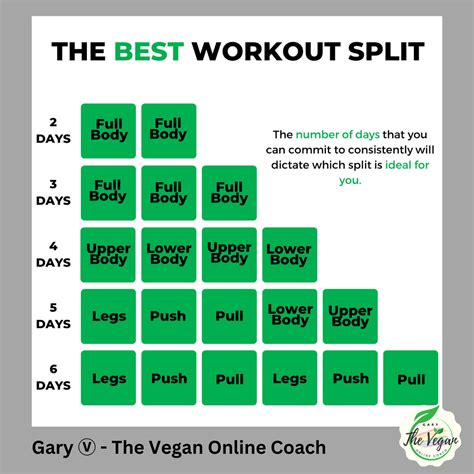How to optimize your workout for peak strength: Shatter plateaus & maximize lean gains?

Breaking through strength plateaus and continuously building lean muscle can feel like an uphill battle. Many dedicated lifters hit a wall, frustrated by stagnant progress. However, with a strategic approach to workout optimization, you can not only shatter these barriers but also unlock your true potential for peak strength and sustained lean gains. It’s about working smarter, not just harder, by integrating key principles into your training regimen.
The Cornerstone: Progressive Overload
At the heart of all strength and muscle gain is progressive overload. This fundamental principle dictates that to continue growing stronger, you must consistently challenge your muscles beyond their current capacity. This isn’t just about adding more weight; it can be achieved in several ways:
- Increasing Resistance: Lifting heavier weights over time.
- Increasing Repetitions: Performing more reps with the same weight.
- Increasing Sets: Adding more working sets to your routine.
- Decreasing Rest Times: Reducing the time between sets to increase intensity.
- Increasing Time Under Tension: Slowing down the eccentric (lowering) phase of a lift.
- Improving Form: Executing exercises with better technique, allowing for greater muscle activation.
Tracking your workouts meticulously is crucial here. Knowing what you lifted last session allows you to aim for a slight improvement in the next, ensuring a continuous challenge to your system.

Smart Programming: Periodization & Variation
While progressive overload is key, blindly adding weight every week isn’t sustainable. This is where periodization comes in. Periodization involves strategically varying your training intensity and volume over planned cycles to prevent overtraining, optimize recovery, and ensure long-term progress. Common types include:
- Linear Periodization: Gradually increasing intensity (weight) while decreasing volume (reps/sets) over a cycle.
- Undulating Periodization: Varying intensity and volume more frequently (e.g., daily or weekly) to provide different stimuli.
Incorporating exercise variation is also important. While a core set of compound movements should be the foundation, occasionally swapping out accessory exercises or changing rep ranges (e.g., 3-5 reps for strength, 8-12 for hypertrophy) can target muscles differently and keep your body adapting. Avoid program hopping, but embrace intelligent adjustments.
Fueling Your Gains: Nutrition for Strength
You can train as hard as possible, but without proper nutrition, your body won’t have the resources to recover, repair, and grow. Optimizing your diet is non-negotiable for peak strength and lean gains:
- Protein Intake: Aim for 1.6-2.2 grams of protein per kilogram of body weight to support muscle repair and synthesis. Prioritize lean sources like chicken, fish, lean beef, eggs, and plant-based options.
- Carbohydrates: These are your primary energy source. Consume complex carbs like oats, rice, potatoes, and whole grains, especially around your workouts, to fuel performance and replenish glycogen stores.
- Healthy Fats: Essential for hormone production and overall health. Include sources like avocados, nuts, seeds, and olive oil.
- Hydration: Drink plenty of water throughout the day. Dehydration can significantly impair performance and recovery.

The Unsung Hero: Recovery & Sleep
Muscle growth doesn’t happen in the gym; it happens during recovery. Neglecting recovery is a surefire way to hit a plateau or even experience regression:
- Adequate Sleep: Aim for 7-9 hours of quality sleep per night. This is when your body produces crucial growth hormones and performs most of its repair work.
- Active Recovery: Light activities like walking, stretching, or foam rolling can improve blood flow and reduce muscle soreness.
- Stress Management: Chronic stress elevates cortisol, which can hinder muscle growth and promote fat storage. Incorporate stress-reducing activities into your routine.
- Deload Weeks: Periodically incorporate deload weeks (reduced volume/intensity) to allow your body and mind to fully recover and prepare for the next training cycle.

Mindset & Consistency: The Long Game
Finally, your mindset and unwavering consistency are paramount. Building significant strength and lean mass is a marathon, not a sprint. There will be good days and bad days, but showing up and sticking to your plan is what ultimately yields results.
- Track Your Progress: Keep a detailed log of your workouts. Seeing how far you’ve come is incredibly motivating.
- Set Realistic Goals: Celebrate small victories and understand that progress isn’t always linear.
- Stay Patient: Muscle growth and strength gains take time. Trust the process and remain consistent.
By diligently applying these principles—progressive overload, smart programming, strategic nutrition, prioritizing recovery, and maintaining a consistent, positive mindset—you can not only shatter plateaus but also continuously optimize your workouts for peak strength and maximize your lean gains for years to come. Your strongest self is within reach; it just requires a smart, systematic approach.









